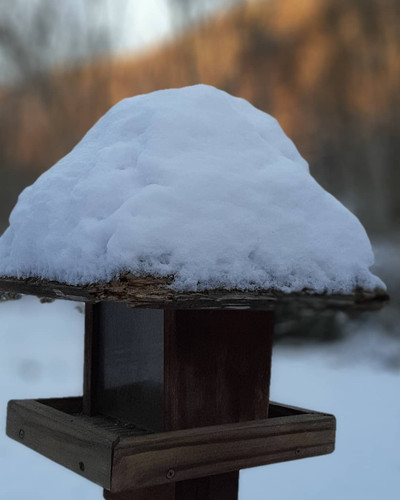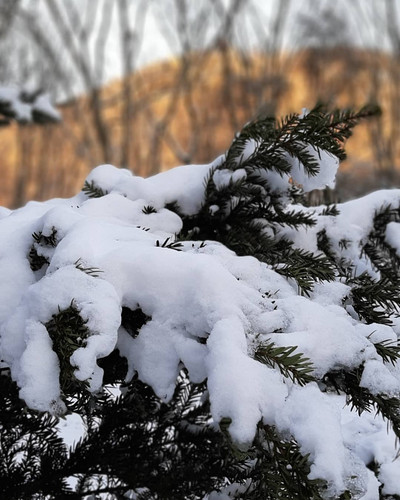Thanks all for the great commentary and analysis the past few days. A White Christmas is a rare treat for many of us. We only had a light dusting at my house here by Lake Lanier in NE Forsyth County (Ga.), but the mountains of North Georgia got a decent snowfall.
I thought I'd share some pics I took yesterday and today. Mods, please move if there is a better place for this. Thanks again all, and hope all y'all had a very Merry Christmas!
--30--
Intersection of Ga. 306 and Ga. 400, 6:20 a.m. Christmas morning

Looking north from Dahlonega, 9 a.m. Christmas morning

Ga. 60 north of Dahlonega, 8 a.m. today (Saturday, Dec. 26)

Ga. 180, between Suches and U.S. 129, 8:30 a.m. today

Vogel State Park, 9 a.m. today (car thermometer read 15 degrees, FWIW)

View of mountains NE of downtown Blairsville, 1 p.m. today











